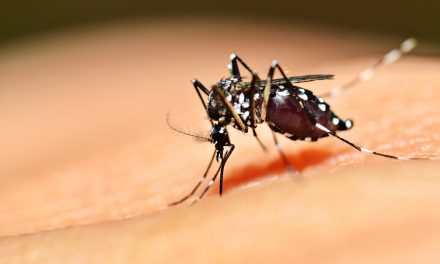THIS IS SAD NEWS. A rare Miami forest is about to become a Walmart development. It is one of the last fragments of Miami-Dade’s pine rockland forest. Unfortuntately, activists have lost a long legal fight to protect the area that has become a shrinking forest for years due to development.
The forest is home to over twenty protected species of plants and animals, but it will be reduced to two small preserves so the rest can be converted into a large development anchored by a Walmart. A lawsuit was introduced in 2017 that challenged the decision to clear out most of the forest, but it was defeated last week, which will allow the Walmart development to be built.
RELATED:
This sacred type of ecosystem in Florida only exists in south Miami-Dade. The forest once covered most of the fifty-five mile-long rock ridge between Miami and Homestead, but only 2% exists today because of development. The area is being reduced to just two small preserves within Coral Reef Commons, a mixed-use project that is spread across nearly 140 acres next to Zoo Miami. The iridescent Miami tiger beetle and the bright Florida Leafwing butterfly, both endangered species, call this forest their home, along with and more than 20 protected species of animals and plants found no place else.
The University of Miami received the land as a contribution from the federal government in the 1980’s and 90’s. In 2013 they sold a portion of it to the founder of Ram Realty, Peter Cummings, for $22 million. Once the sale was final, Cummings’s plan to build a mall and apartments in the area upset local environmentalists.
RELATED STORY:
Two activists, Belen Valladares and Ross Hancock, filed a lawsuit in 2017, arguing that the original 2013 rezoning hearing about the development failed to describe the huge commercial scope of the project – a 138-acre parcel off Coral Reef Drive. They were unaware it included a large shopping area, a Walmart no less, an LA Fitness and 900 apartments. According to the Miami Herald, the activists were represented by Kent Harrison Robbins, who said after a hearing on May 28:
“The notice was far from adequate, and I wonder if the lack of critical information wasn’t an attempt to mislead the public about the project.’’1
Unfortunately, the lawsuit came too late to save most of the forest and was dismissed by a Miami-Dade circuit judge. The activists are considering an appeal, but the ground has already been cleared by bulldozers, and the concrete foundation is visible from the road near the entrance to the area. Some of the three-story buildings appear near completion.
RELATED:
We believe Mother Nature knew what she was doing when she created Florida’s pine rocklands. In fact, there is not place like it on earth. The area is an old seabed made of limestone. Some of the ancient pine trees in the forest have been burned by lightning strikes, which create fires that burn out the underbrush. These fires don’t kill most of the animals or plants that live here because they have adapted to survive these nature-created fires. The Miami Tiger Beetle (the namesake of the city), once thought extinct is ONLY found here in this forest. Bald eagles soar overhead alongside the Florida bonneted bat, which is one of the rarest mammals in the world. Many endangered species call the forest home. Developers are ignoring the fact that the precious Florida pine rocklands are part of a natural system that helps keep the air clean and the groundwater fresh. Walmart can’t do that.












